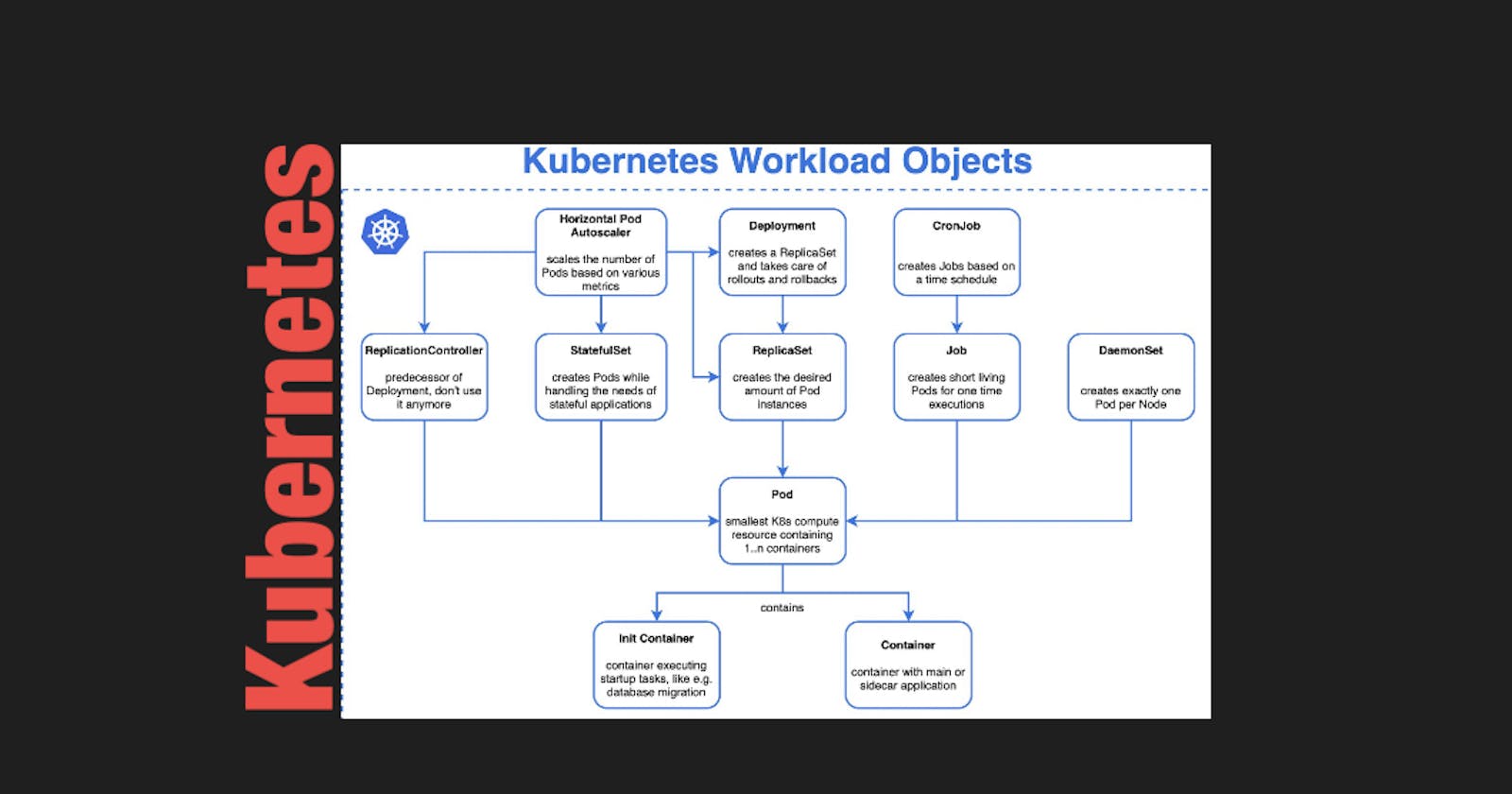Kubernetes workloads refer to the applications, services, and processes that you deploy and manage on a Kubernetes cluster. Kubernetes provides a flexible and powerful platform for running containerized workloads, allowing you to orchestrate, scale, and maintain them efficiently. Here are some common types of Kubernetes workloads:
Pods: Pods are the smallest deployable units in Kubernetes. They can contain one or more containers that share the same network namespace and storage volumes. Pods are used to run tightly coupled applications or sidecar containers that support the main application.
ReplicaSets: ReplicaSets ensure that a specified number of replicas (identical copies) of a pod are running at all times. They are used for deploying and maintaining a desired number of identical pods for fault tolerance and scaling.
Deployments: Deployments provide declarative updates to applications. They manage the desired state of replica sets and enable features like rolling updates and rollbacks, making it easier to perform updates without downtime.
StatefulSets: StatefulSets are used for stateful applications that require stable, unique network identities and stable storage. Examples include databases and messaging systems.
DaemonSets: DaemonSets ensure that a specific pod runs on each node in the cluster. They are used for deploying agents, monitoring tools, or network services that need to be present on every node.
Jobs: Jobs are used to run batch or one-time tasks to completion. They create one or more pods and ensure that the specified task is completed successfully.
CronJobs: CronJobs are used for running scheduled jobs at specified times or intervals, similar to cron jobs in traditional Unix/Linux systems.
Services: Services provide a consistent network endpoint for accessing a group of pods, typically controlled by a label selector. Services enable load balancing and service discovery within the cluster.
Ingress: Ingress resources define rules for routing external HTTP and HTTPS traffic to services within the cluster. They are used for exposing applications to the internet or a private network.
ConfigMaps and Secrets: ConfigMaps and Secrets are used to store configuration data and sensitive information, respectively, that can be injected into pods as environment variables or mounted as files.
Custom Resources (CRs): Kubernetes allows you to define custom resources and controllers to extend its functionality. Operators, for example, are custom controllers that automate the management of complex applications.
Helm Charts: Helm is a package manager for Kubernetes that allows you to define, install, and upgrade even complex Kubernetes applications as pre-packaged charts.
Kubernetes workloads can be managed and orchestrated using Kubernetes manifests written in YAML or JSON, and they are typically deployed using kubectl or through continuous integration/continuous deployment (CI/CD) pipelines. Kubernetes provides a rich ecosystem for deploying and managing various types of workloads, making it a powerful platform for container orchestration and cloud-native application development.
Stay Connected @
https://www.youtube.com/channel/UCNwP7KEElaJ7cdDTLP-KbBg
https://www.linkedin.com/in/azizul-maqsud/
https://azizulmaqsud-1684501031000.hashnode.dev/
